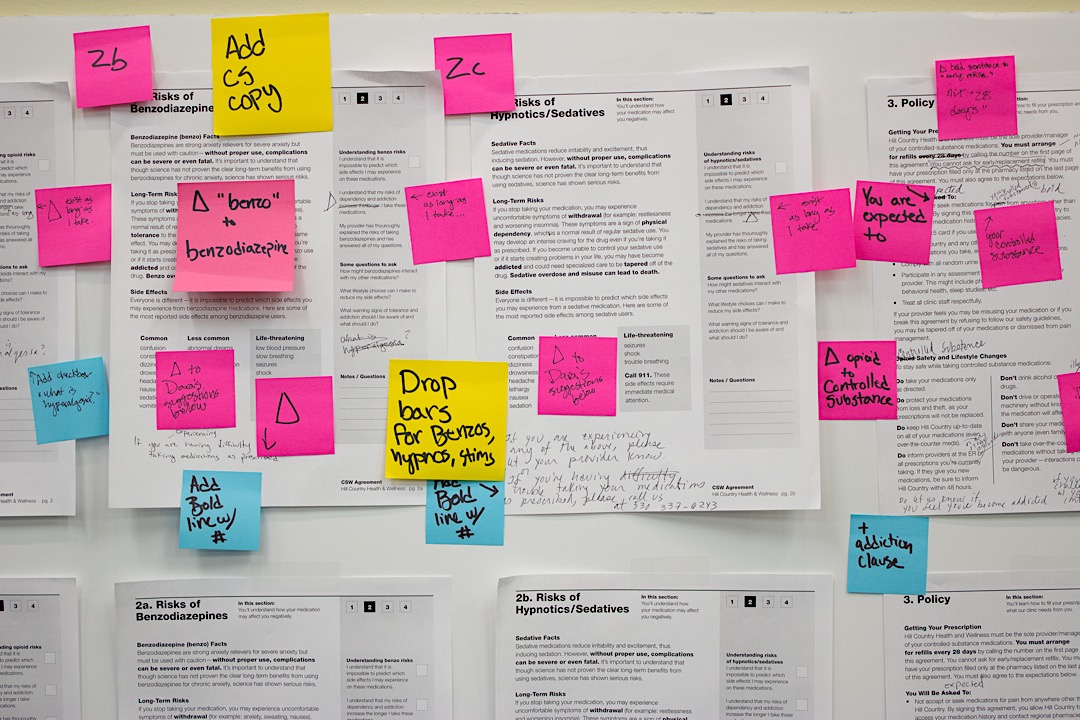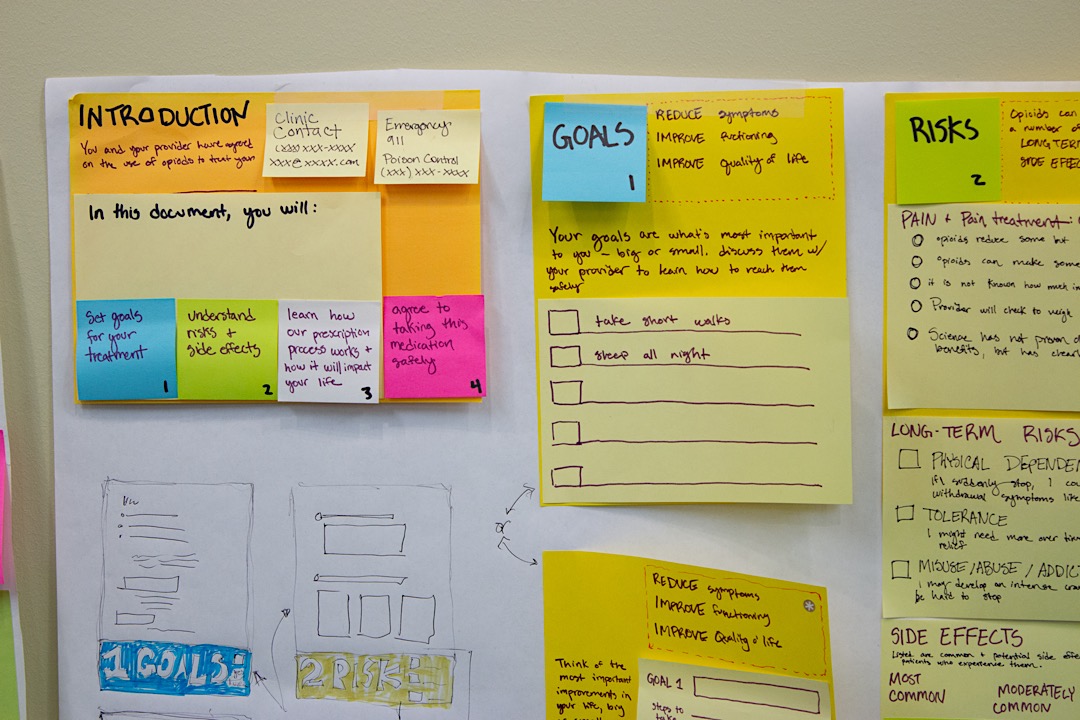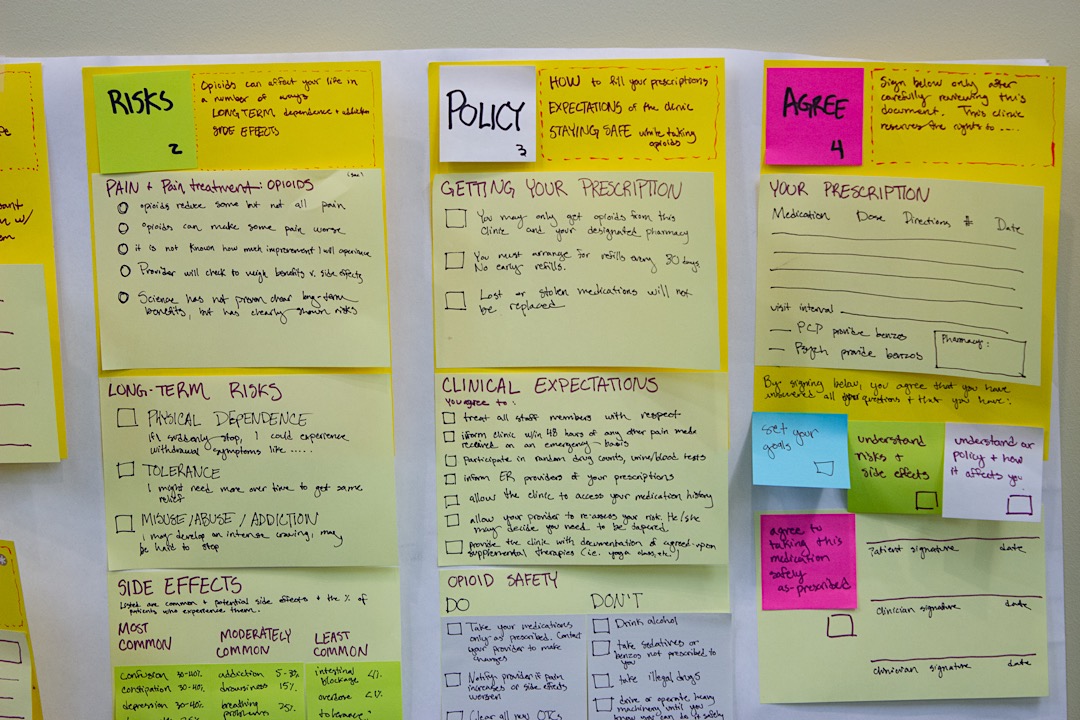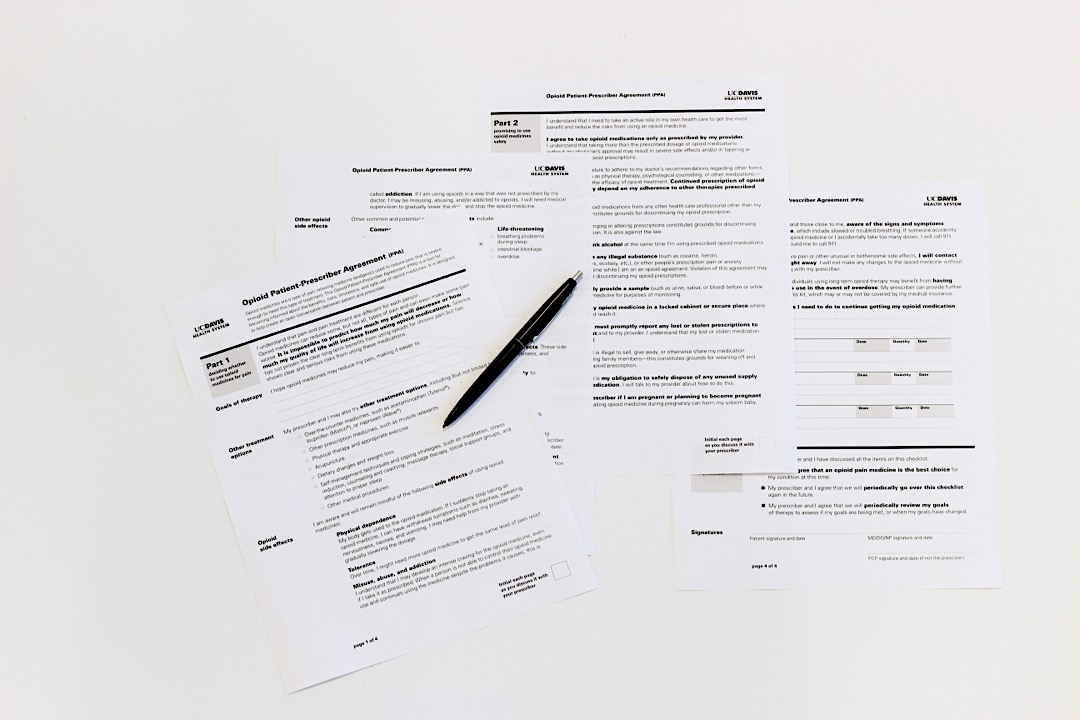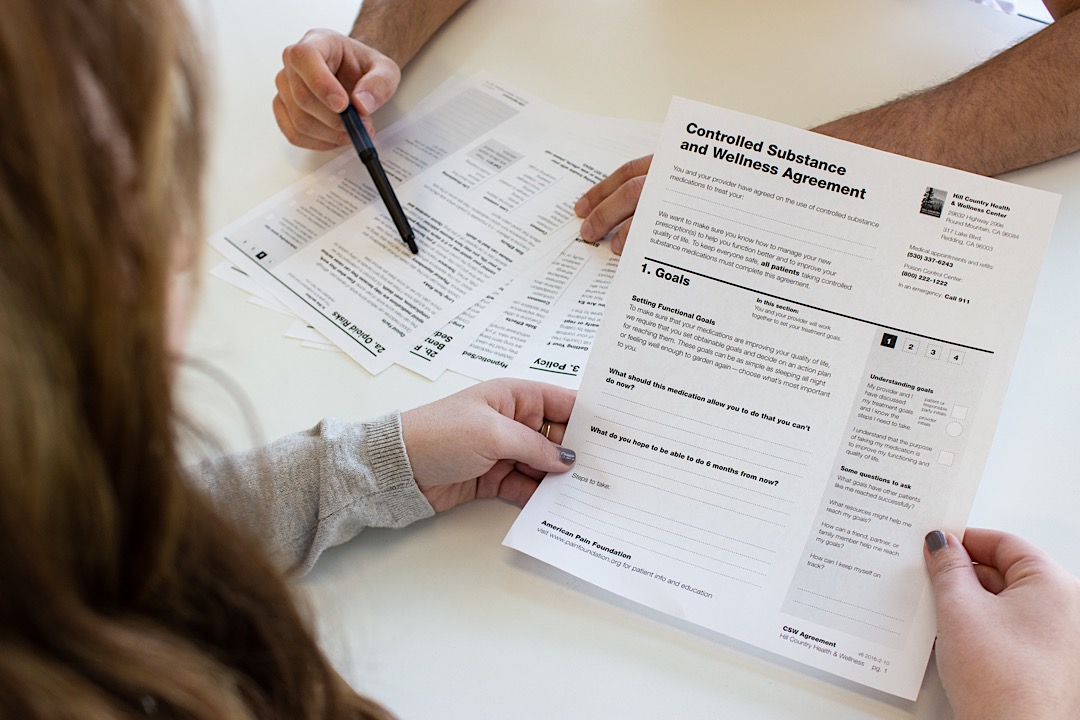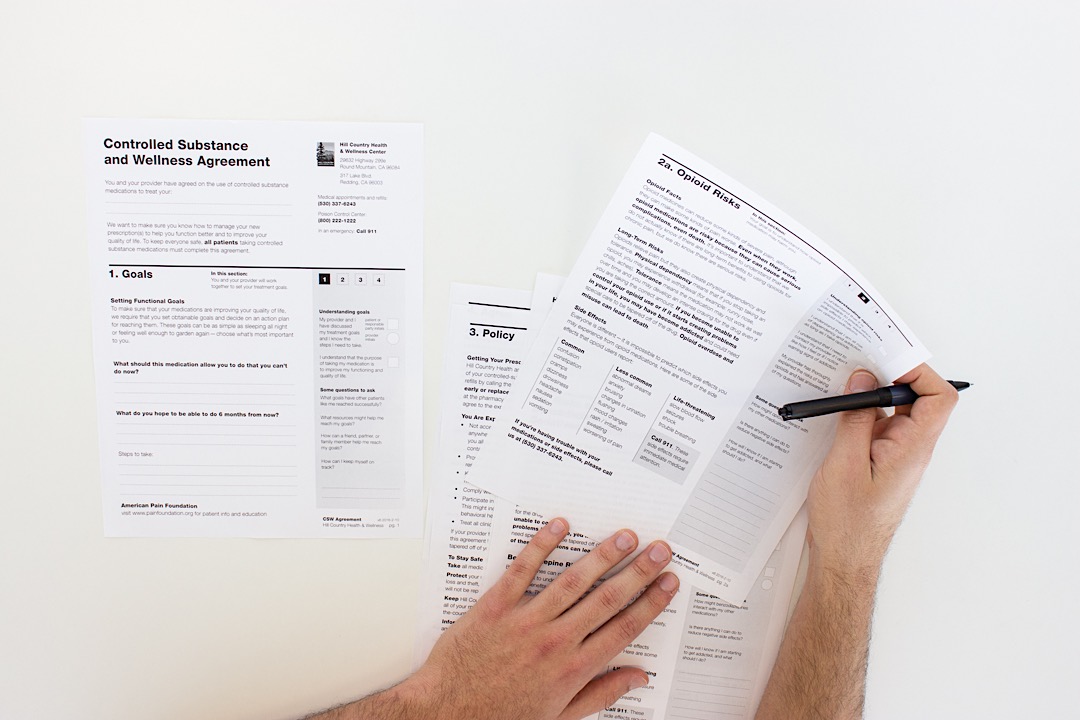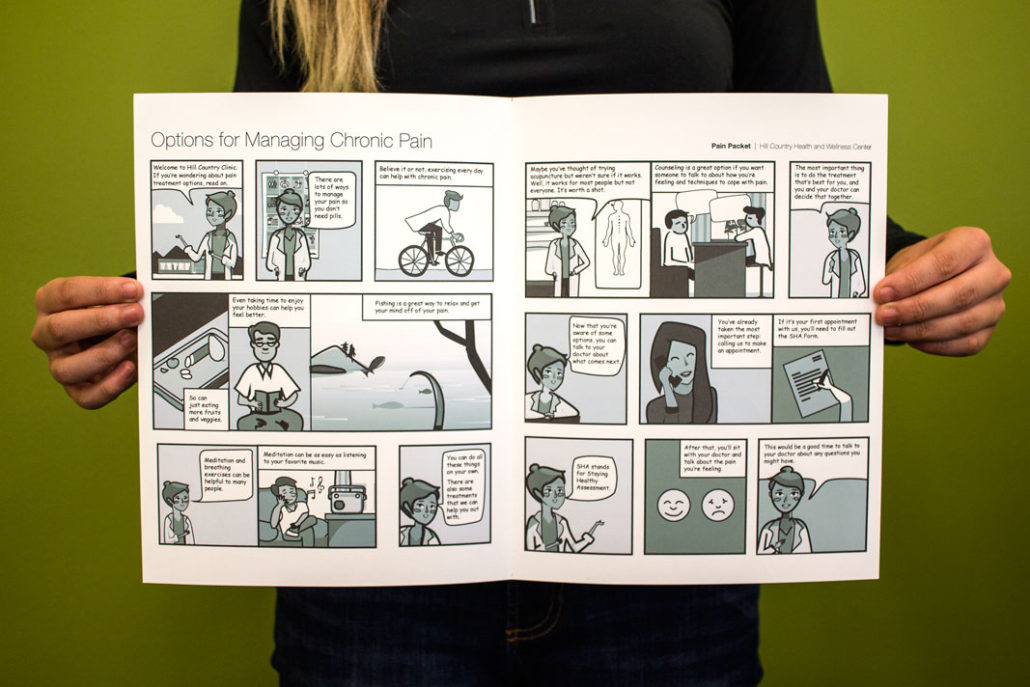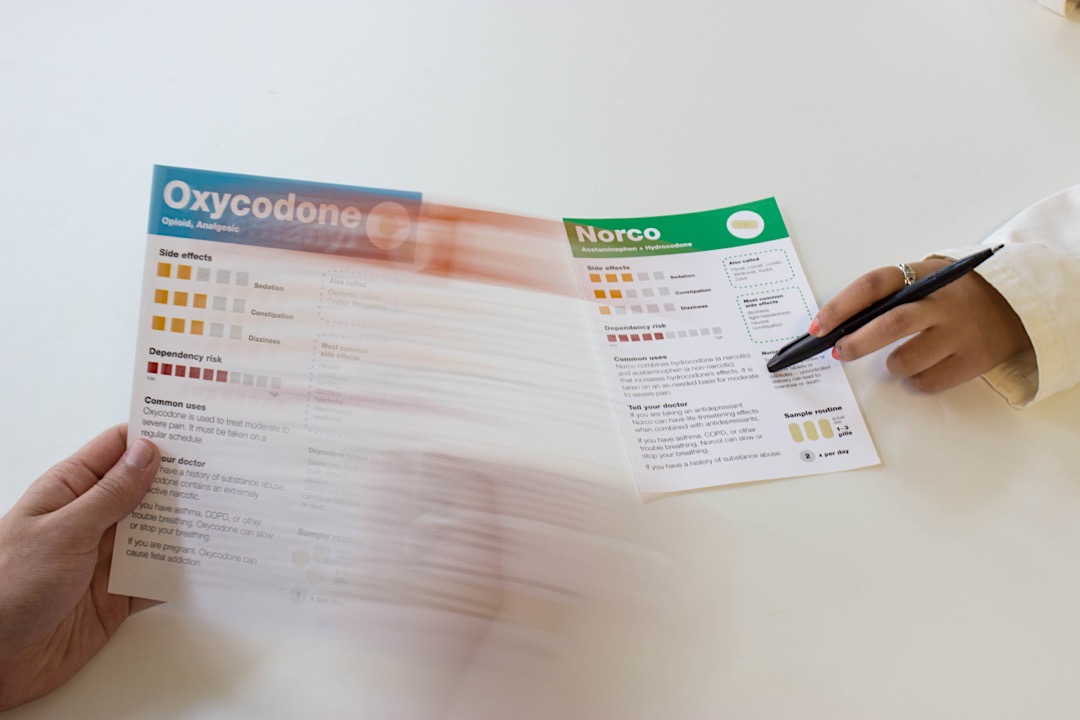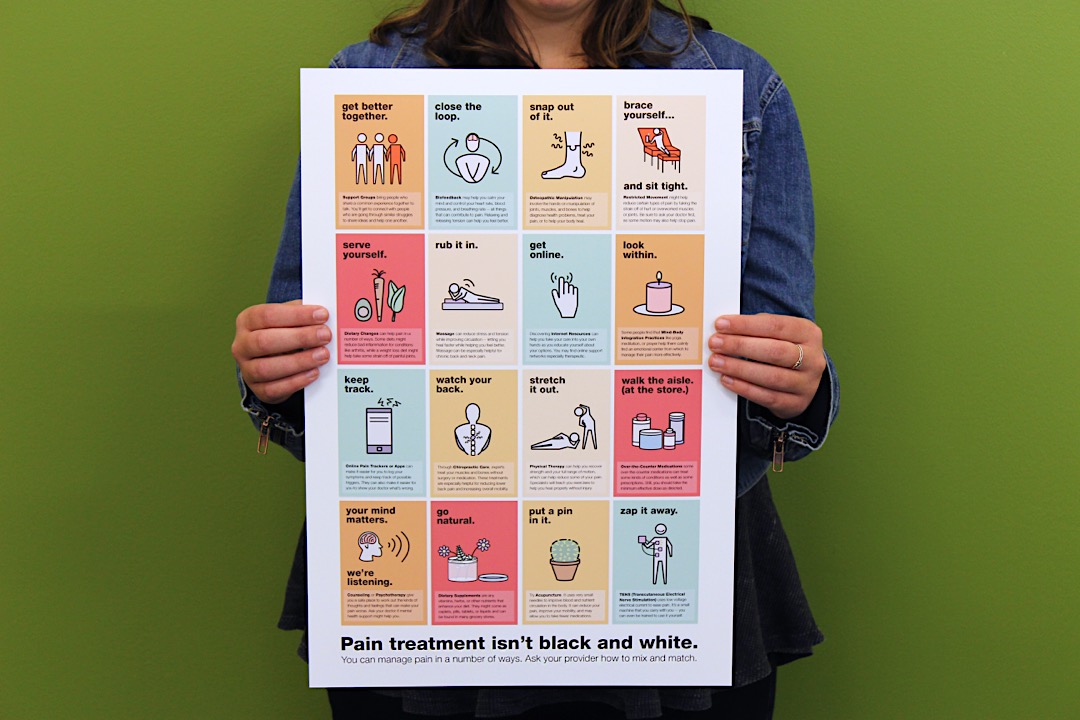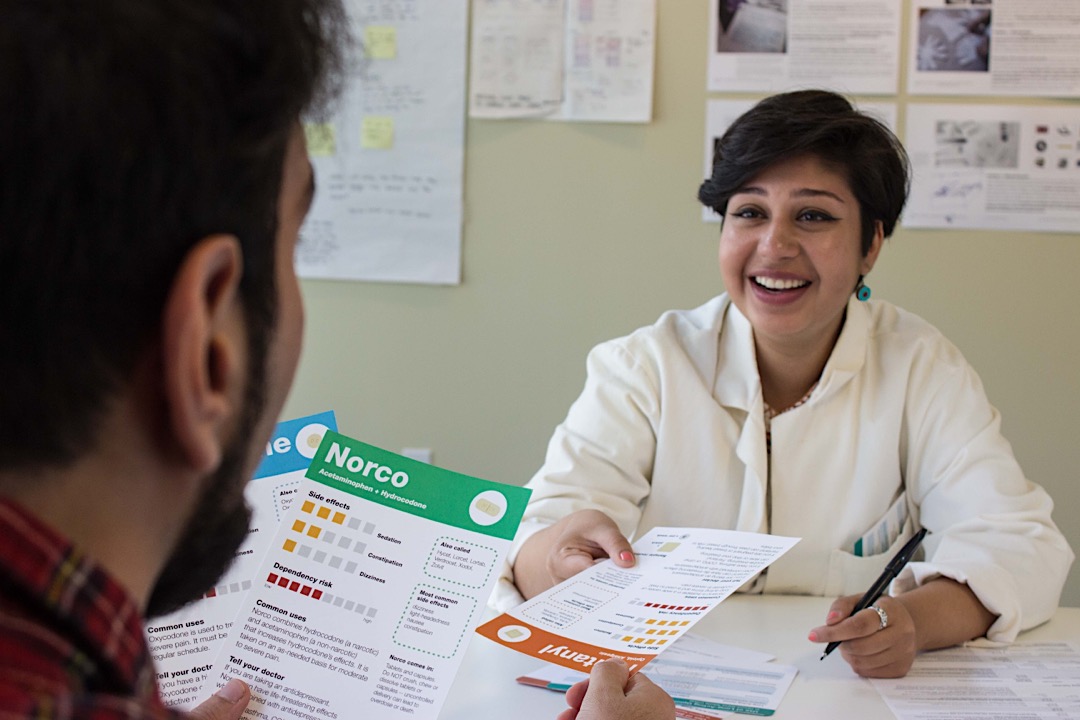pain project.
healthcare, health systems, hospitals, service design, user research, UX, experience design, print, information design, visual design, audio, storytelling
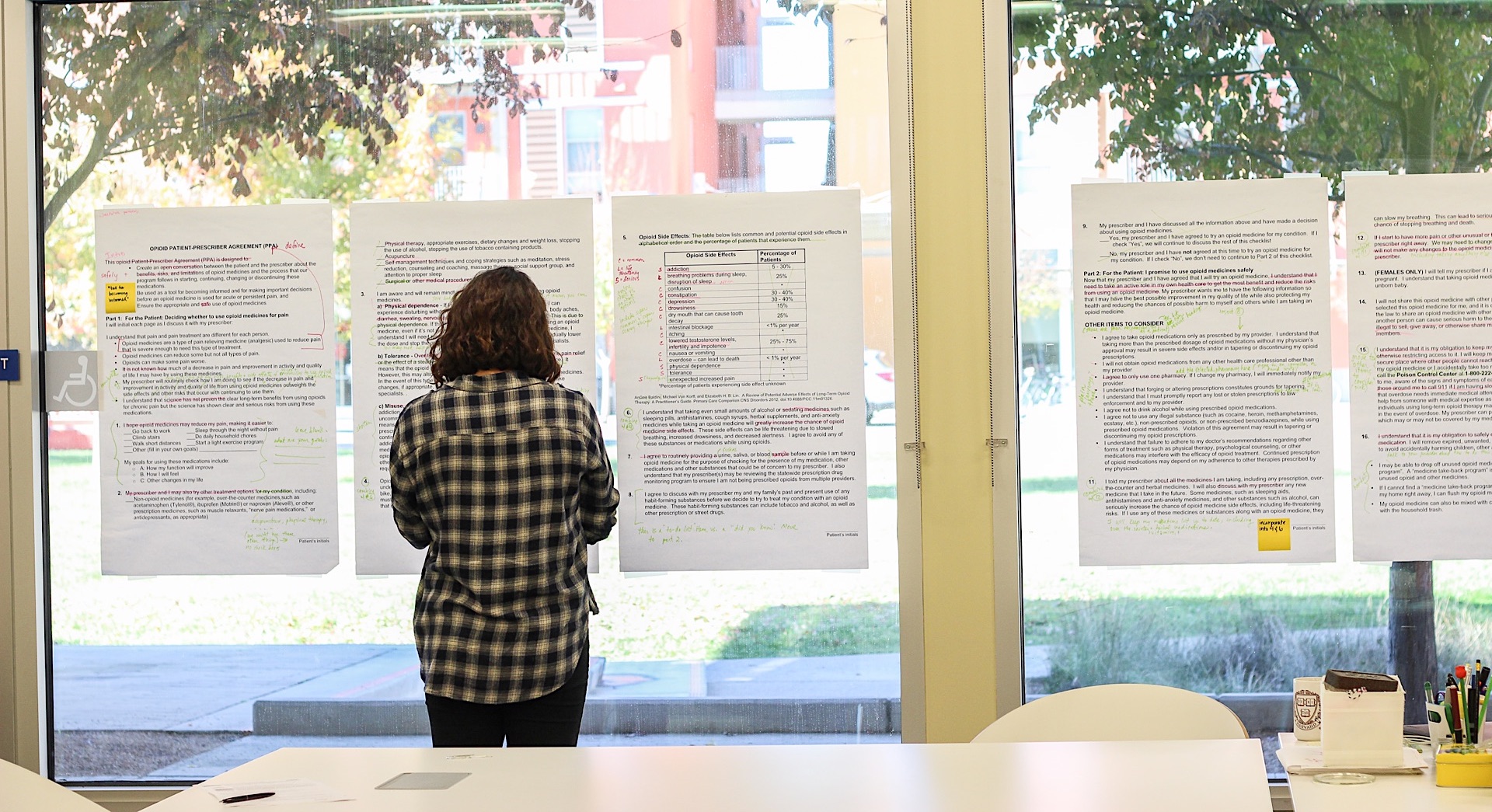
what we (really) talk about when we talk about pain
Pain is ubiquitous, but accurate, compassionate ways to talk about pain are less so. My team was tasked with addressing key barriers to accessing quality, risk-aware pain treatment through visual design, plain language, and human-to-human moments of connection.
2017
UC Davis Center for Design in the Public Interest (DiPi); UC Davis; Hill Country
roles
+ designer
+ researcher
+ radio producer
pain is obvious. pain treatment is mysterious.
Trying to access pain treatment is fraught with operational and relational complexities — addiction risks, social stigmas, medical jargon, onerous procedures, and plain old misunderstandings.
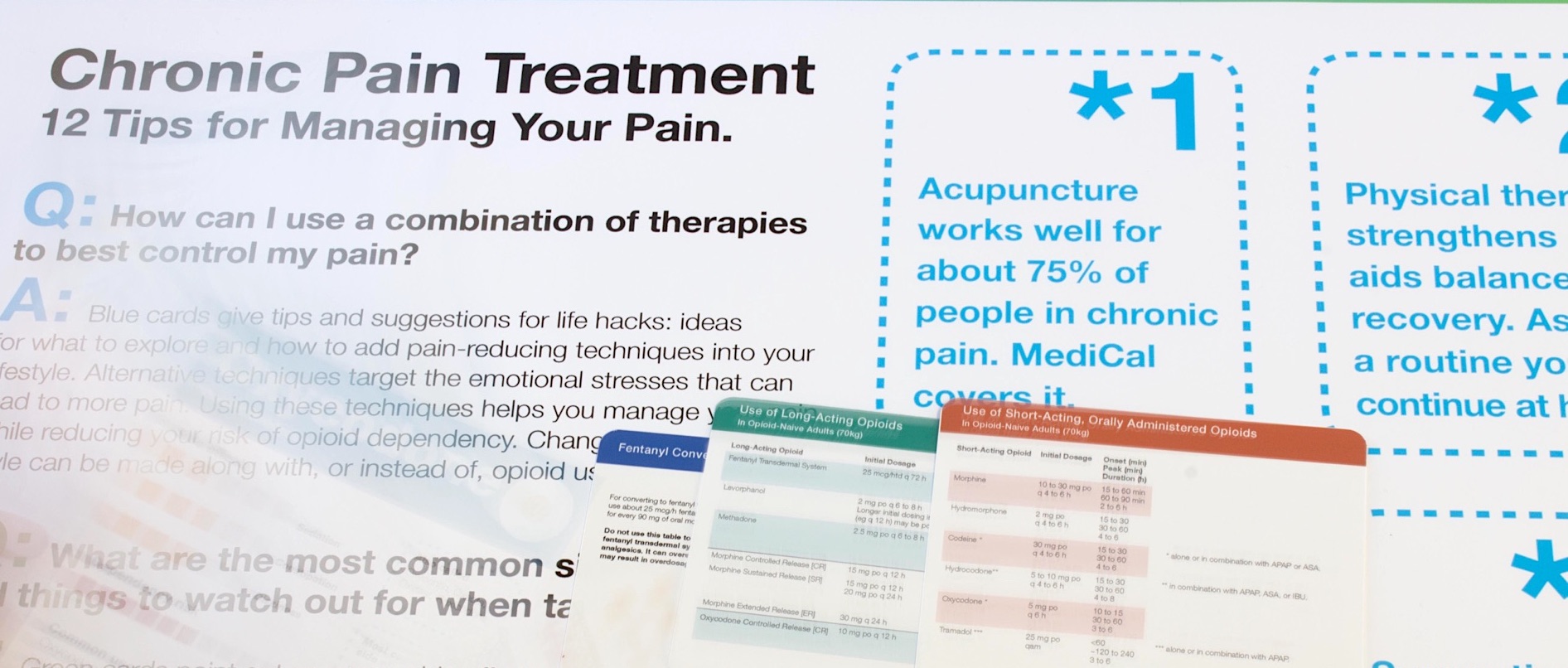
project goals
process
stakeholder interviews & process analysis → medical document redesign & prototyping → patient education materials → community radio storytelling
In an effort to improve the pain patient experience, my team partnered with two very different organizations — UC Davis Medical Center in Sacramento, and Hill Country Health and Wellness Center in rural Shasta County.
Through rounds of stakeholder interviews, focus groups, and process-mapping workshops with clinicians, we began by mapping out each clinic's ecosystem of pain treatment. We identified and logged each touchpoint and document that a patient would encounter in their care journey, logging moments of friction and conflict as we went. This process yielded several key discoveries:
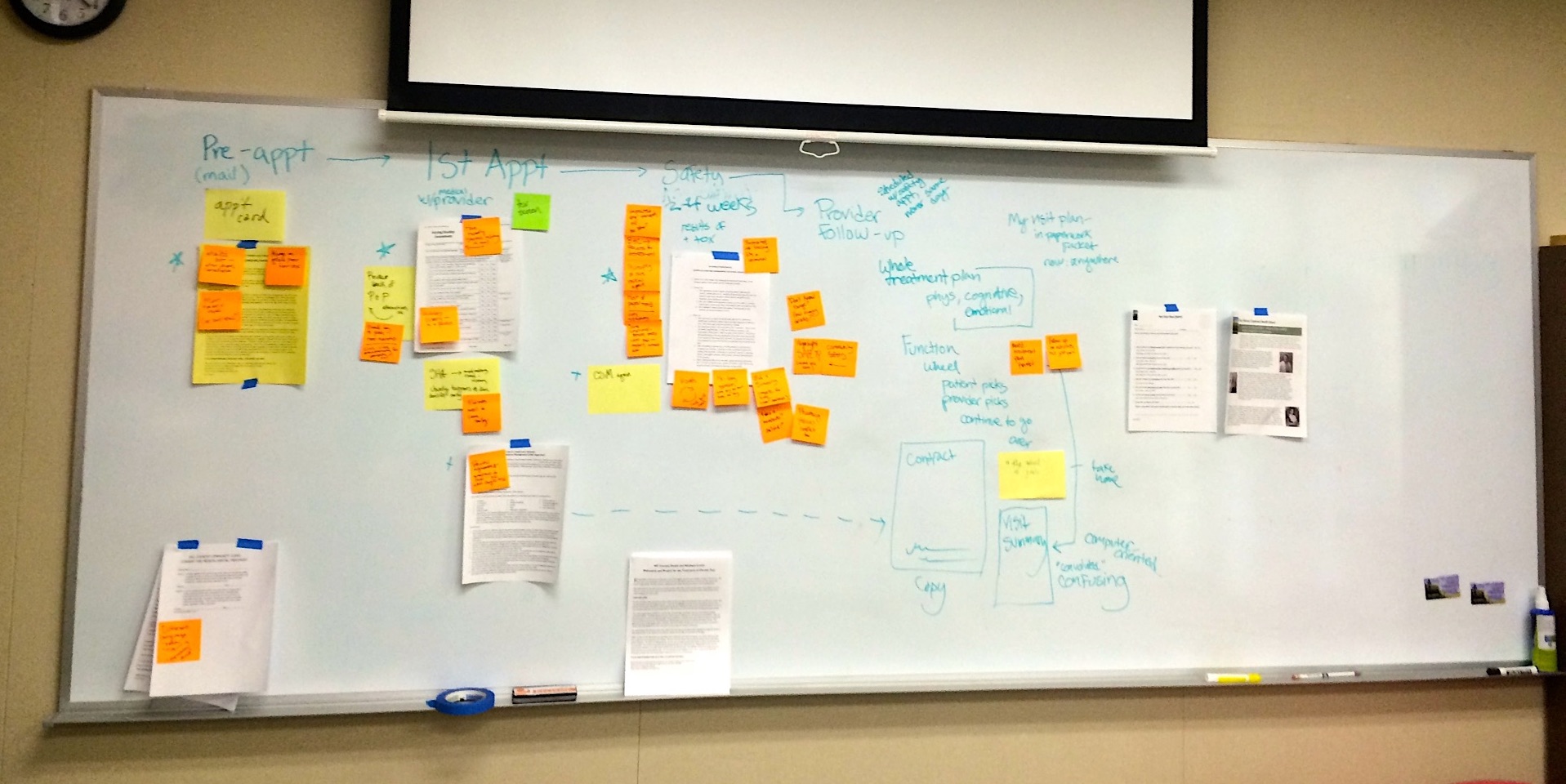
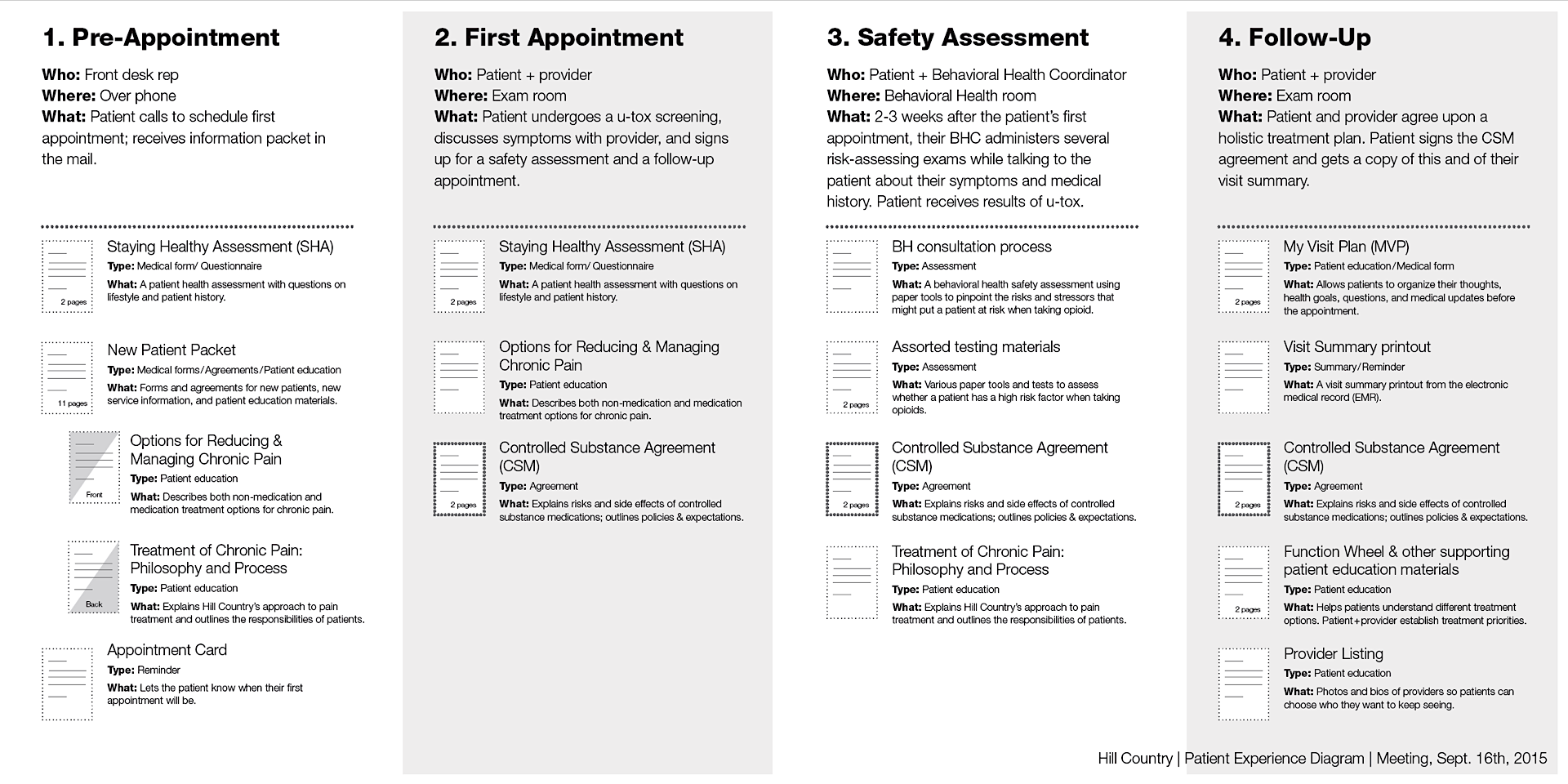
controlled substance agreement redesign
turning a medical form into a conversation piece
From our initial discovery research, it was clear that the controlled substance agreement (a form that all patients need to sign in order to be prescribed opioids) is a pivotal moment in the pain treatment journey for providers and patients alike.
However — typically presented as a nondescript wall of dense text, it was a missed opportunity for providers and patients to have a meaningful conversation about risks and expectations.
Prescription opioids come with many considerations for patients, and receiving them requires an informed consent process wherein a provider explains what pain medications do, the risks of taking them, side effects and other drug interactions to watch out for, and clinic policies to follow. However, this “consent” is often secured through the use of lengthy documents that are time-consuming and difficult for patients to read. Because of this, important information about the drugs is easily missed.
We took existing opioid agreements (originally in the form of dense, unformatted word files) from both UC Davis and Hill Country and worked closely with providers at each clinic to co-design new documents that would serve not only as "contracts," but would help facilitate meaningful conversations. We applied information design best practices and plain language revisions to make dense information easier to understand and risks easier to talk about.
patient education materials
a suite of tools to support patients in their decision-making at every moment of their treatment
Through our research with providers, we also identified a need for an accessible, welcoming, and nurturing ecosystem of educational materials to wrap around patients in their treatment journeys.
Pain treatment is a tedious and difficult process, where much of the information presented to patients is unfriendly and complex. Providers asked us for materials that would demystify the treatment process, create a more expansive sense of possibility, support patients in their decision-making, and explain complicated topics in plain language. We created the following suite of materials.
outpatient radio
a patient-to-patient chronic pain listening project
Most of pain treatment unfolds beyond the exam room walls, too often in isolation. To connect directly with patients (and help patients connect to each other), we piloted a radio special of chronic pain stories.
Weaving together the stories of eight chronic pain patients from Solano, Sacramento, and Shasta Counties, Outpatient Radio explores ways to help patients and communities talk about chronic pain and chronic pain treatment. Through collecting and sharing stories in-person, on-air, and online, we sought to connect, inform, and support communities through listening and conversation. The project was produced in collaboration with Hill Country Health and Wellness Center (Shasta County) with support from Art Rx at the Crocker Art Museum (Sacramento County). The program originally aired on KKRN 88.5 FM in Round Mountain, CA. It has since aired on on KDVS 90.3 FM in Davis, CA and is available for streaming online. Our goals:
- combat the stigma and isolation of chronic pain by sharing patient stories
- improve patient and public understanding of the many issues surrounding chronic pain and pain treatment
- engage the North State community in this issue through radio programming, interactive listening events, and more
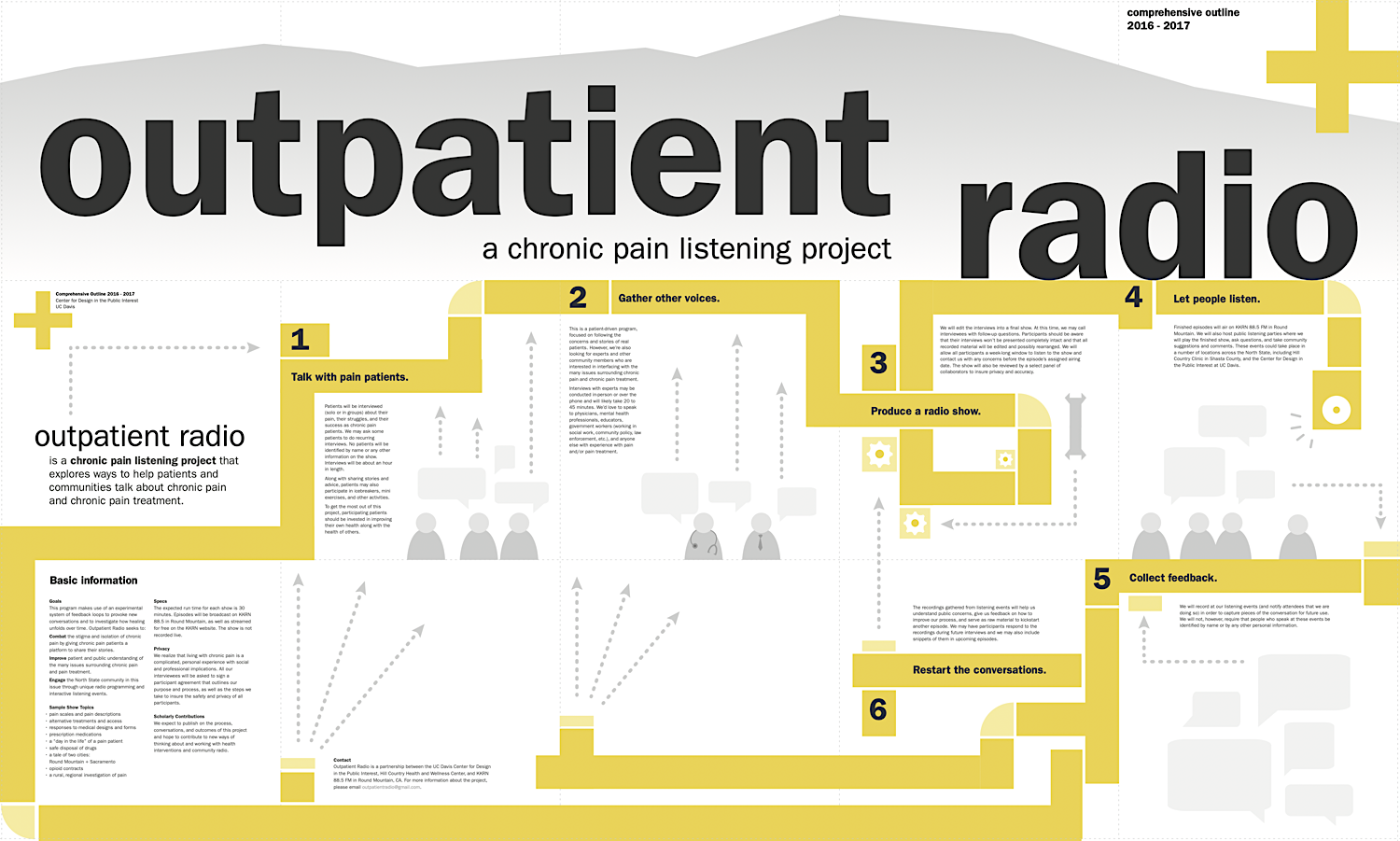
more work
trace manuel.
I'd love to hear what you're thinking:
tm@tracemanuel.com
or send a booking inquiry
Copyright © 2024 Trace Manuel. All rights reserved.
